Monica Tsang, Director at Monica Tsang Designs (Hong Kong)
I generally make an introduction to the person I interviewed but Monica wrote a great one that does a better job than I ever could.
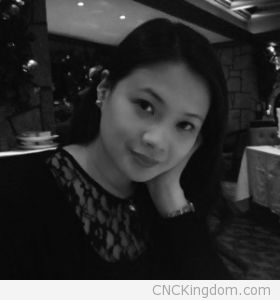 Monica is sincere, playful and fun-loving. She applies her character and her design philosophy “Live your life from your heart and be inspired every day” on her collections. She likes dark humor and things that are odd and strange, but she has a very feminine taste as well. The contrast of divergence and unusual sensibilities fascinate her. “The world isn’t black and white” she says.
Monica is sincere, playful and fun-loving. She applies her character and her design philosophy “Live your life from your heart and be inspired every day” on her collections. She likes dark humor and things that are odd and strange, but she has a very feminine taste as well. The contrast of divergence and unusual sensibilities fascinate her. “The world isn’t black and white” she says.
She likes mixing cultural influences having experienced life living in the UK, Germany, Italy and China. Everywhere she has lived, studied or worked has profoundly influenced her design aesthetic. Hong Kong is her base. Berlin opened her mind and universe. England taught her culture, craft and self expression. Working in China was a practical lesson in production and humility. The interaction with different kinds of people has been a source of her creativity.
A Product and Industrial Design graduate of The Hong Kong Polytechnic University, Monica made an important contribution to a well received Siemens VDO project at Germany’s Kunsthochshule Berlin-Weissensee. She then went on to earn her Masters Degree in Ceramic Design from Staffordshire University, UK. In addition to a 2006 Red Dot Design Concept Award and Hong Kong Young Design Talent Award. Her other career highlights include earning a placement at the prestigious British ceramics brand Wedgwood.
In 2013, she launched her own studio in Hong Kong to develop her own collections in addition to commissions for private and industrial clients. Her designs are sold and exhibited worldwide.
As an exemplary young design-preneur, Monica has recently won the 2014 ” The Best SME ‘s Youth Entrepreneurship Award ” organized by The Hong Kong General Chamber of small and Medium Business, and has been selected by the Perspective magazine as a young design talent of its ” 40 under 40 Programme. In 2015, she just got the Rising Talent Asia.
For more information, visit her at http://monicatsangdesigns.com.
You spent a few years jumping from placements to various design positions – what did you learn during this time about your own design style, such as what subject matters you were passionate about?
It has been an exciting journey to be able to work in different positions that have helped deepening my understanding of becoming a better designer. I am also grateful that I had the chance to work with many different materials / mediums and products along the way, which in many ways, help to nurture my true passion in designing porcelain as a career.
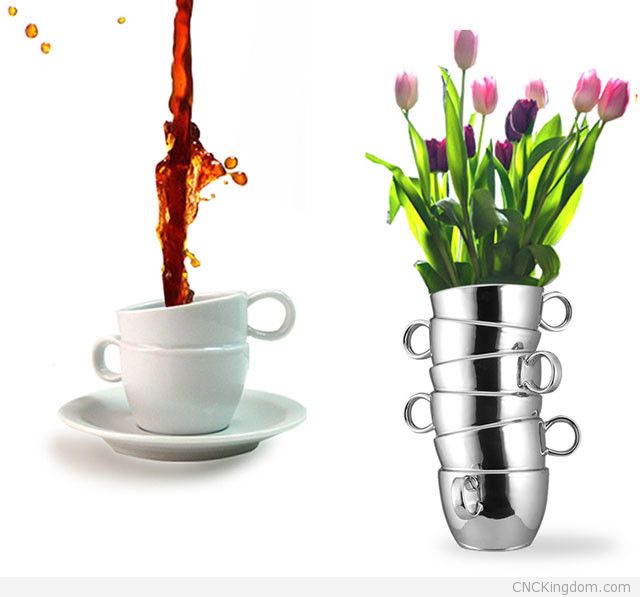
Now that you have your own design studio, are there any aspects of academic or working for companies that you miss?
I don’t miss being a student or having a paid job. I enjoy running my own design studio a lot because I can work with different types of clients on a wide range of projects and products. I am very happy to be able to express my creativity to its potential.
How challenging was the transition from study and employee to now owner?
It is very challenging to own a business and I am always learning something new everyday. To run a successful business, other than being creative, it is just as important to have a good sense of business and knowledge of different market trends. Other managerial skills I have learnt along the way are, such as being able to manage people and budget, as well as developing good communication and presentation skills.
How do you go about attracting clients for your business?
Attending international exhibitions and fairs are important for me to meet with potential buyers and clients. Every year I attend 4-5 fairs in different countries, such as China, Singapore, Germany and France. I also get referrals from my clients and the Hong Kong Design Centre too. Through my website “monicatsangdesigns.com” my clients can also contact me.
I didn’t really know Hong Kong has its own distinct style – can you elaborate on what makes a design Hong Kongese?
Hong Kong is unique for its East meets West culture. It is part of our everyday life, ranging from the unique HK style milk tea to having bilingual street signs everywhere. However, this touch of east mixed with west can be rather subtle, for example, in the X-treme Chinese Tableware design, the use of the ancient Chinese drinking cup together with a stainless steel holder may not be a deliberate shape of tableware for a western designer. Being a Chinese, it is quite obvious that I like to apply oriental arts and culture elements in my design.

How similar or different is it from its closest neighbor, China?
Actually HK is quite different from China. China is very big in size and has a very large population. The PRD market is very different from Western or Northern China. In general, China is catching up fast in every aspect from being a manufacturing country to wanting their own brands and designs.
HK, however, is more of an international city, with an intense mix of nationalities and cultures in a small place. Hong Kong is a place full of original designs and ideas and I hope Hong Kong can continue to act as a catalyst to help China manufacturers to build their brands.
How well did the Hong Kong Polytechnic University prepare you for your career in Product and Industrial Design?
I enjoyed the course and I must say that it did prepare me well for my career. The faculty comprises of a wonderful mix of international professors and lecturers who taught me about different cultures, which is very important for understanding my clients from around the world. At PolyU, I was taught to be a “designer” rather than an “artist” – I know clearly that it is my job to solve my client’s problems, rather than it being a compromise. Through the PolyU’s extensive courses, I learned a lot about the production process of different products and this strengthened my problem solving skills.
Furthermore, in 2004, I joined the school’s academic exchange program and studied in Berlin for one year. During the exchange, I started to see the significance of having an innovative mindset and building the skill of attending to details in my designs.
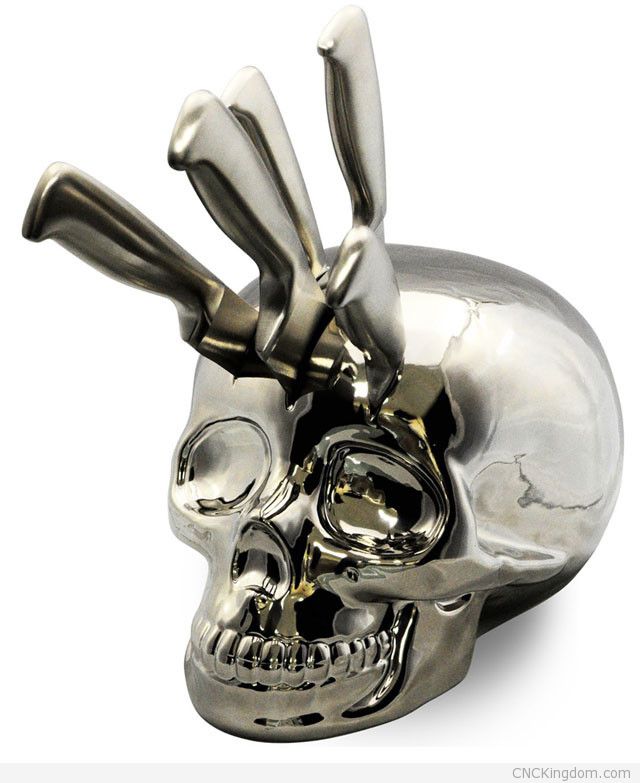
Did they play a pivotal role in teaching you concepts that lead to you acquiring nominations and awards abroad?
Yes, indeed. As a trained designer, I always look for room to improve and think of innovative ways to design new products. I like to make breakthroughs in my designs and I want to create the best products that I can.
Can you describe the work that’s involved with pattern design on plates?
I get inspiration from daily life and the people I meet. The creative process evolves from a conceptual idea, to developing sketches, then to testing out the patterns and designs on the different shapes and sizes of porcelain.
How much testing and research is needed before a design is ready for production?
It depends. The challenge in working with clay is that you cannot quite control or predict the results all the time. If I do not get the expected result, I will redo the sample process until the right shape and color are attained. There is quite a lot of trial and error throughout the production process.

How long does this entire process take and what are some common production issues that may arise imprinting on plates?
It varies a lot and depends how complex the project is. The simpler projects normally take 4 – 6 weeks, while the more complicated ones may take months, or sometimes one to two years.
I like your X-treme Chinese Tableware which you designed in collaboration with chef Alvin Leung and Tim Ho – it just looks awesome! How did that design come about and have you had any commercial success… I’d see a good market for something like this.
This is a fantastic project as I got to work with two very talented gentlemen. I am honored to work with Alvin again after our first collaboration ten years ago. The creative process of this project was an interactive one among the three of us. The concept revolved around the dishes created by Alvin by re-interpret traditional Chinese icons for a contemporary fine dining setting. The design was largely influenced by Alvin’s playfulness and masculinity by using the Monster Chef icon and the use of Tim’s stainless steel craftsmanship.
The tableware is customized for Alvin’s restaurant and he was very satisfied about the end product. Every now and then he receives orders from his customers, but he would rather keep it exclusively for his restaurant.
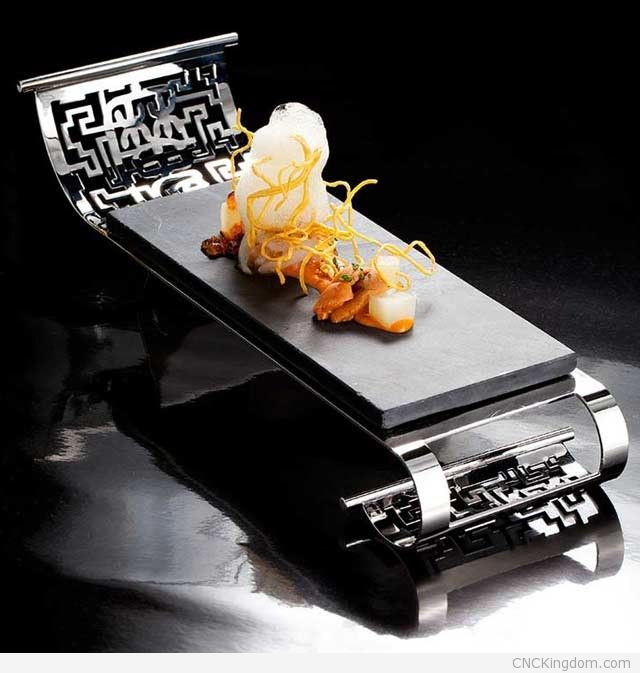
How did you come-up with the idea for the Icy Flower Tea Set and how does one go about even creating something like this out of glass?
As a designer, I like to make breakthroughs in my designs and I want to excel in the work I create. I don’t limit myself in the use of any medium. So I am exploring the effect of using more glass in my new Icy Flower Tea Set collection although we usually use glass as a coating for porcelain only.
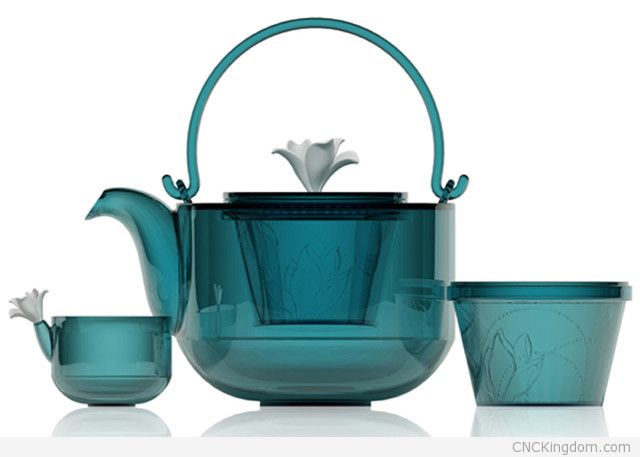
The process must be rather extensive. Like your X-treme Chinese Tableware – have you sought commercial production of your work or any others?
Certainly, I look forward to commercializing this new piece of work.
